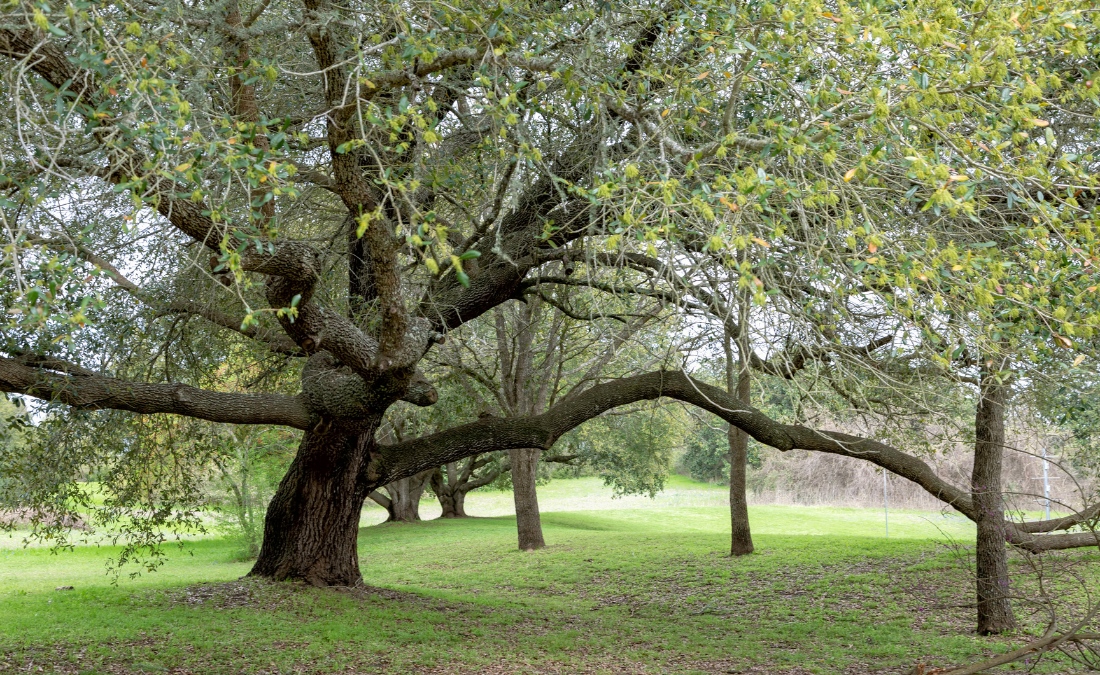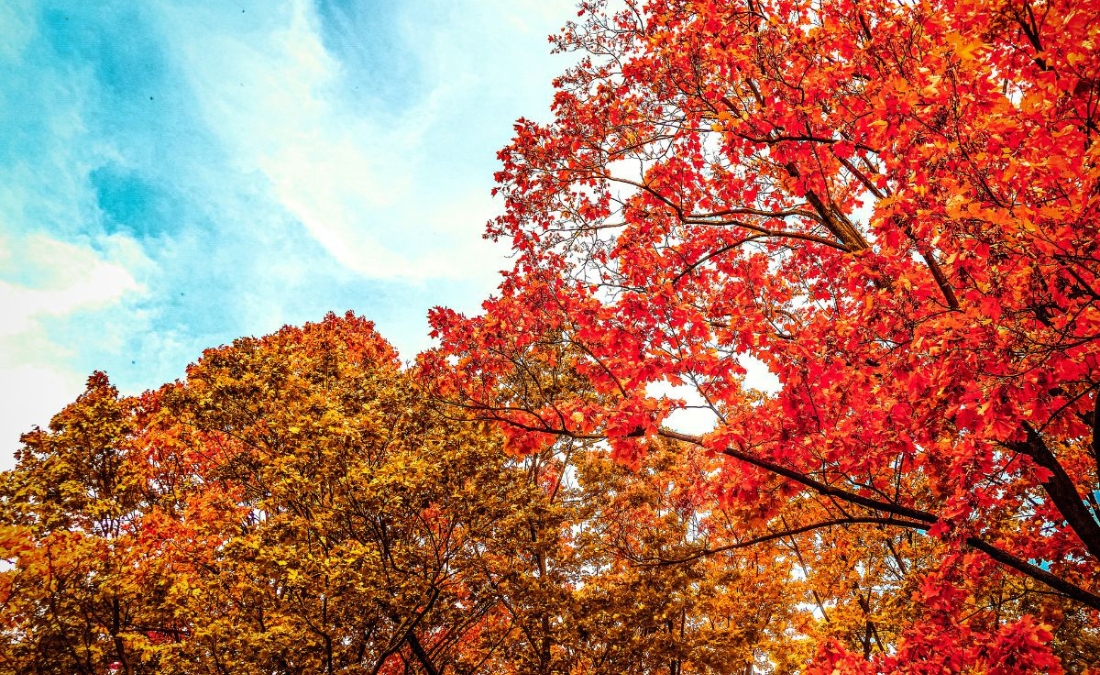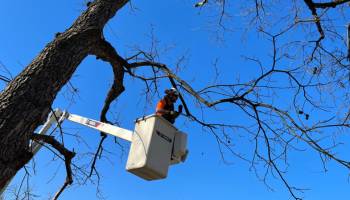After the Storm: What Fort Worth Homeowners Should Know About Wind Damage in Trees
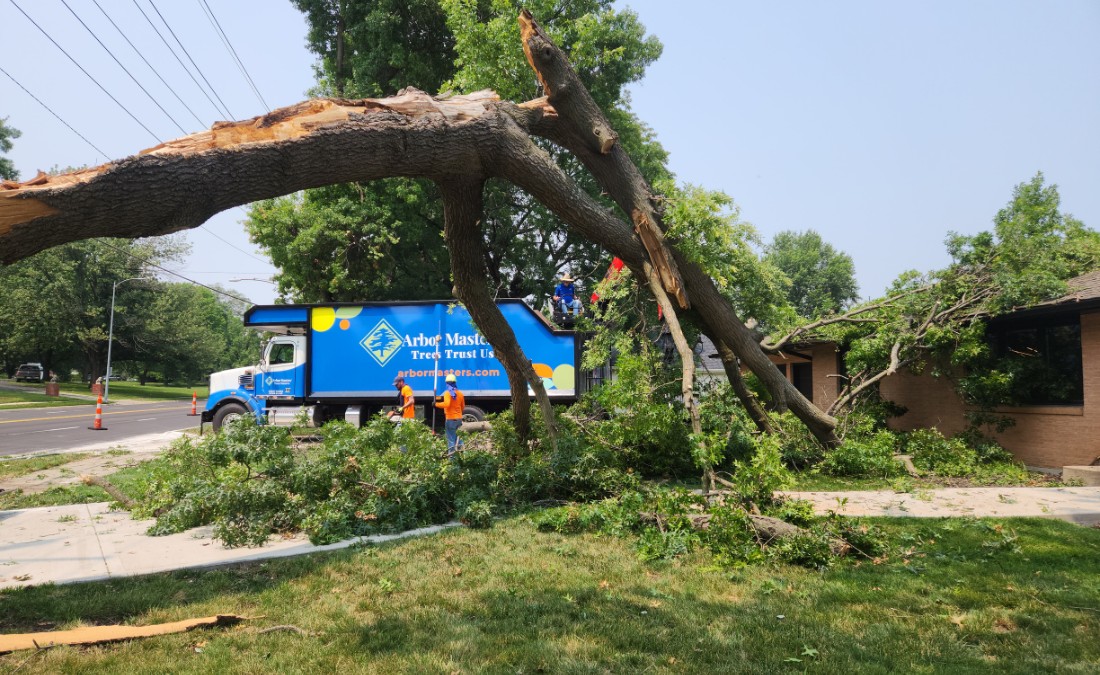
Fort Worth storms can cause serious wind damage to trees. Find out how to assess your trees and what steps to take to support their recovery.
Windstorms are a part of life in the Fort Worth area. Some blow through with a few broken branches, while others pack enough force to flip RVs and knock down trees entirely. Even when the damage isn’t that dramatic, your trees could still be affected in ways that aren’t easy to spot.
A cracked limb here, a hidden split there, or roots that have started to lift – these issues can go unnoticed until they become serious. We’ll show you how to check your trees for wind damage, what signs to watch out for, and when it’s time to bring in a professional.
Key Takeaways:
- Wind damage to trees in Fort Worth can manifest as broken branches, split trunks, or complete uprooting, with weak wood, disease, structural problems, or internal decay making trees more vulnerable to storm damage.
- After a windstorm, homeowners should safely inspect their trees from a distance (using binoculars if needed), but recognize that not all damage is visible to the untrained eye, and a professional arborist assessment is often necessary.
- Professional tree pruning is the most common service needed after storm damage to remove compromised branches and improve structure, though trees with more than 50 percent canopy loss or significant trunk damage may require complete removal.
- Preventive measures to reduce wind damage include regular professional pruning of weak branches, proper fertilization and mulching to promote healthy root growth, and installing support systems like cables and braces.
How Wind Damages Trees
When high winds hit, trees take the hit – whether you notice it right away or not. From snapped limbs and splintered trunks to subtle cracks and root instability, wind can cause damage in more ways than you might think. And while some damage is obvious, other signs are easy to miss without a closer look
Broken Branches
High winds can cause branches to break off the tree and then carry them into structures. Any branch could break with enough force, but weak branches are more prone to breaking from the wind.
Broken branches can also fall downward and damage other limbs on the way down if they’re heavy enough. This can lead to extensive damage to the canopy and potential injuries to the trunk.

Split Branches or Trunk
Trees go through a natural twisting and swaying motion during a windstorm. Trees can handle this movement, and it even helps them develop good long-term growth. However, under extreme conditions, even strong trees are prone to breaking and ending up with split branches or trunk.
Splitting exposes the inner wood of a tree, creating an easy entry point for pests and diseases that can lead to decay. The good news? Most trees can recover from storm damage if they’re healthy and the damage isn’t too severe.
Uprooting
The most dramatic problem for a tree after a storm is when it uproots entirely and comes crashing down. The tree may fall into structures, vehicles, people, or other trees and cause extensive damage.
Mature trees are even heavier than you might think, as some can weigh over a ton. When they uproot, they can crush anything in their path. Due to the danger around trees in a storm, we always advise homeowners to keep away from trees until conditions improve.
What Factors Make a Tree More Likely to Fail in a Storm
While a perfectly healthy tree can still find itself damaged by a windstorm, some factors make it more likely to fail. Some of these factors include trees with:
- Naturally Weak Wood: Some trees have weaker branches that will not withstand the same wind speeds as others. Trees like silver maples or black willows are hardwood species more likely to fail than some other common trees of Texas.
- Dead or Diseased Branches: Dead (deadwood), damaged, or diseased branches are more prone to breaking from wind damage. These branches do not have the same vigor as healthy limbs.
- Pre-Existing Structural Problems: In the same way that some people develop bad habits, some trees develop poor structure over time. Trees may develop structural issues like codominant stems (multiple trunks) or poorly attached branches with weak unions – all of which are common failure points in a storm.
- Internal Decay: As trees age, they become more prone to developing internal decay. This decay can weaken the tree and leave it vulnerable to wind damage.
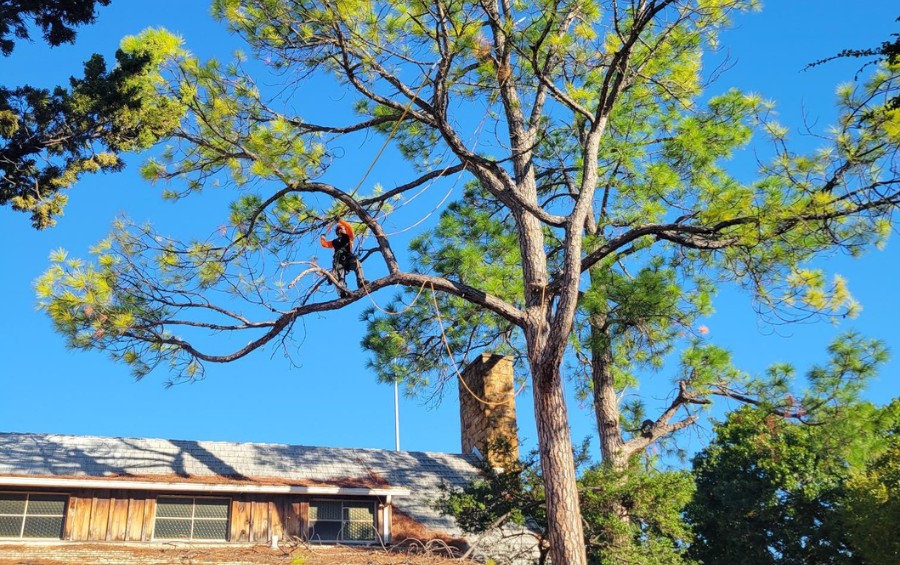
What to Do for Your Trees After a Windstorm in Fort Worth
Once the wind dies down and it’s safe to go outside again, it’s time to inspect the damage to your trees. Some things to keep in mind when inspecting your trees for signs of wind damage include:
- Keep your distance to avoid any branches that might fall from the tree
- Use binoculars to get a better view of the canopy
- Call an arborist if you aren’t sure what you’re looking at
Even if you don’t see any signs of wind damage to your trees, it doesn’t mean it isn’t there. An arborist can inspect your trees for any problems and then provide the appropriate services to correct them. The most common service that trees need after a storm is pruning.
“Tree pruning is a great way to clean up storm damage and get rid of weak or risky branches before the next round of high winds. But one thing we see all the time is homeowners getting a little too aggressive with it. It’s easy to take off more than you should. When you hire a professional, you’re making sure the tree stays healthy and balanced, not over-pruned.” – Getth Nelson, Arbor Advisor at Arbor Masters
In some extreme cases, a professional may have to remove a tree due to wind damage. They may need to use a tree removal crane to dispose of an uprooted tree safely, or they may spot a tree that sustained enough damage that it is a danger to your property and family. If a tree loses more than 50 percent of its canopy or the main trunk is gone, it may not survive.
PRO TIP: For more information on when you can save a tree, check out this helpful checklist from the Texas A&M Forest Service on what to look for after a windstorm.
Frequently Asked Questions About Wind Damage in Fort Worth
To help you better understand the importance of dealing with wind damage, we’ve answered common questions homeowners ask us after a windstorm.
How can I prevent wind damage to my trees?
There are several ways you can protect your tree from wind damage, including:
- Prune weak branches before a storm
- Fertilize your soil and place a layer of mulch around the tree to encourage healthy root growth
- Have an arborist install cables and braces to support weak areas of the tree
Can a tree recover from wind damage by itself?
While trees are naturally resilient and can recover from most damage on their own, intervening will improve the healing process dramatically. An arborist can often remove damaged parts of a tree, which can promote faster healing and reduce the risk of decay.
When is the best time to address a storm-damaged tree?
The best time to address a storm-damaged tree is immediately after the weather event. The faster you get your tree help, the sooner it can begin to compartmentalize the damage and recover.
Got Wind Damage? Arbor Masters Has Your Fort Worth Trees Covered
High winds can take a serious toll on your trees – especially during Fort Worth’s stormy spring season. If your trees have been damaged by a recent windstorm, it’s time to call in the professionals at Arbor Masters of Fort Worth.
Our local team understands the unique challenges trees face in this region. We’ll thoroughly inspect your property, identify broken limbs, hidden stress points, and other risks, then take the right steps to restore your trees safely and responsibly. Every job is done to industry standards – with your tree’s long-term health in mind.
Call us today at 469-586-5829 or request a quote online for expert help with wind-damaged trees.
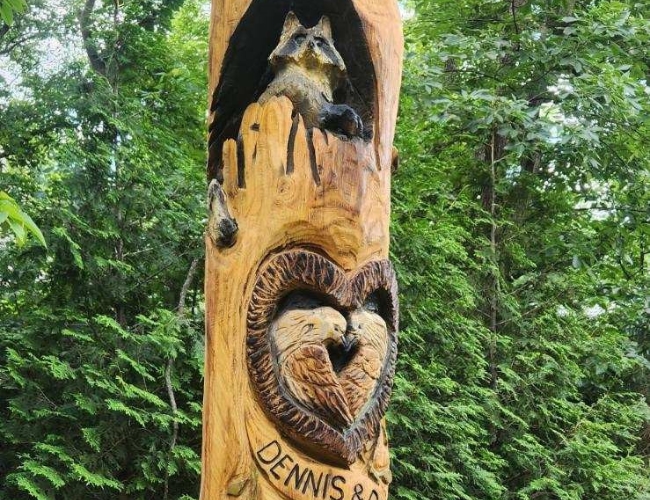
Get the latest local news, tree care tips, special offers, and company updates directly to your inbox! It's easy to subscribe and there's no spam - we promise.
"*" indicates required fields



